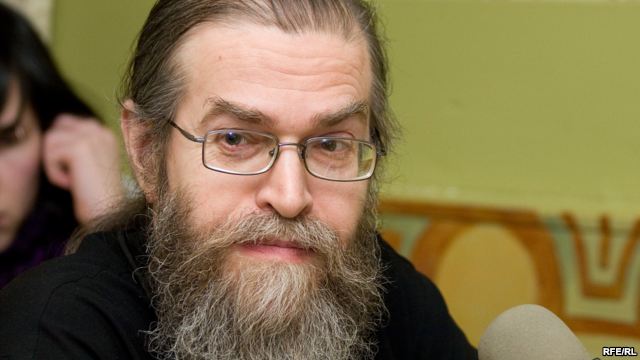While I was moving some stuff around my office, I rediscovered my copy of Kazan’s Mother of God icon. I haven’t really thought about it since I wrote my first book, but I had recently come across some interesting pieces of misinformation about the icon that cropped up in eighteenth century sources. Before I can relate the later stories, here’s a brief summary of what I know about the icon.

According to a manuscript version of the miracle tale from the beginning of the seventeenth century, during a fire in Kazan’ on June 23 June, 1579, the icon appeared in a vision of a young girl, instructing her to take shelter in Church of Nikolai Tulskii the Miracle-worker. The tale informs the reader that the appearance of the icon during the fire was a reward from God for the Orthodox faithful in Kazan’ for their ongoing battle against “non-believers” (inovernye). Following the first appearance, the icon performed a number of miracles – about ten, the number varies slightly in different versions of the tale. Its miracle-working powers were sufficiently well known that a copy of the icon was carried into battle against the Poles in 1612, where it was recorded as having performed new miracles which, in turn, were recorded in the edifying tale, “About the Advance of the Kazan’ Icon of the Mother of God toward Moscow.” With a proven reputation, Kazan’s Mother of God icon acquired a national festival on July 8, 1633.
.gif) [http://www.1tvnet.ru/images/news_pic_Krasotin%2520sam%2520skoro%2520nauchitsya/735776%20(1).gif]
[http://www.1tvnet.ru/images/news_pic_Krasotin%2520sam%2520skoro%2520nauchitsya/735776%20(1).gif]
